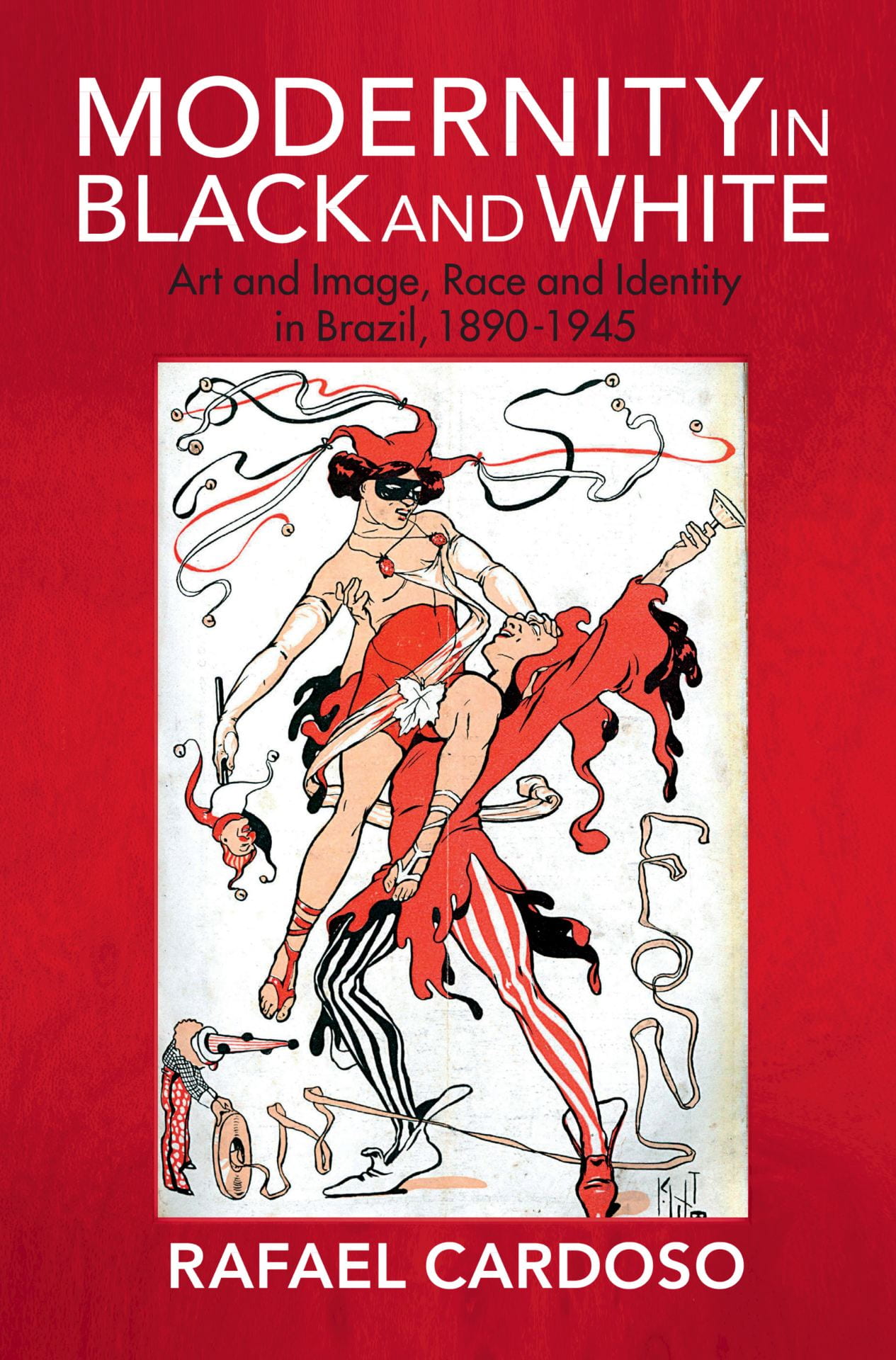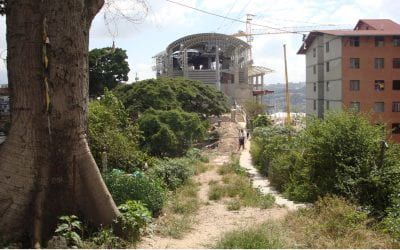Editor’s Letter: Transportation
Bridges. Highways. Tunnels. Buses. Trains. Subways. Transmilenio. Transcable.
When I first started working on this issue of ReVista on Transportation (Volume XXI, No. I), I imagined transportation as infrastructure. Some of the issue, I thought, would look at some of the innovative transportation solutions to emerge from Latin America such as high-speed dedicated-lane bus systems and cable cars.
A conversation with Diane E. Davis at Harvard’s Graduate School of Design introduced me to the concept of mobility: How to get from here to there? What does it mean to have sustainable transportation serving all in Latin America’s cities and countryside? Who is transportation for?
As I invited practitioners and academics to write on the challenges of transportation in Latin America, new and unexpected themes began to emerge. For example, gender. I had long been aware of the security issue for women in riding public transportation (and, yes, I’ve had to ask myself the embarrassing question, “Is the touch on purpose? Or just because the bus is very crowded?” and, yes, I’ve kept silent). But I’d never thought of the fact that many women tend to use transport in different ways and with different schedules, dropping off children, running errands.
I personally love to walk in Latin American (and other) cities, but I’d never thought of walking and cycling as an integral part of how to get from here to there. I knew that my energetic domestic worker in Bogotá had to travel upwards of two hours to reach my home, but I’d never actually thought that her long journey was an offshoot of inequity. I’ve long been intrigued by urban planning, but I’d never seriously given consideration (although I’m familiar with participatory budgeting) to the frequent lack of community participation in developing transportation routes.
All to say, dear reader, the experience of editing this issue of ReVista has been a tremendous learning process for me. I hope it will be for you too.

Fall 2021, Volume XXI, Number 1
Related Articles
Modernity in Black and White
For years, one of my favorite pieces in the Museo de Arte Latinoamericano de Buenos Aires (MALBA) was the iconic Abaporu (1928), by Brazilian artist Tarsila do Amaral: a canvas…
Transportation Itself Does Not Build Urban Structures
English + Español
Fina Rojas lives in the 19 de Abril at Petare, the densest and one of the largest self-produced neighborhoods in Latin America. Most researchers and policymakers define self-produced neighborhoods as “informal settlements.” However, these settlements occur from…
La Güera Rodríguez
By now, history has added a layer to the many ironies that Brandeis historian Silvia Arrom highlights in her spirited book about a controversial historical figure. The recent irony is…





